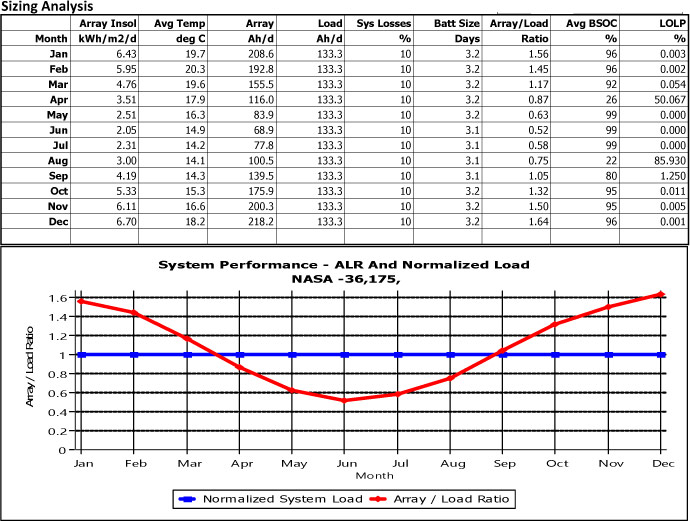Common Battery Misconceptions and How to Avoid Costly Misdiagnoses
Battery performance declines naturally over time, often sooner than anticipated. You may find a battery struggling to hold a charge or showing unexpected signs of aging, despite investing in a quality product. But does that mean your battery is actually failing?
Battery diagnostics can be more complex than they first appear. Often, it’s easy to misjudge a battery’s health by focusing on single indicators. Below are three common misconceptions that can lead to premature replacements and missed diagnoses.
Misconception #1: Voltage Alone Determines Battery Health
A fully charged 12-volt battery typically measures 12.6 volts or higher at rest. Many rely solely on this measurement to determine battery health. However, a battery’s voltage alone can be misleading.
While a multimeter or diagnostic scan might show normal voltage, the battery could still fail under load, such as when starting the engine. True diagnostics should measure voltage under load, ideally with professional-grade equipment that applies stress to the battery, as it would experience during normal operation.
Conversely, a low voltage reading doesn’t always mean a battery has reached end-of-life. Low voltage can result from an alternator struggling to recharge it, repeated short drives that prevent full recharge, or parasitic draws like lights or onboard electronics. While soft sulfation may set in when a battery is left at low voltage for long periods, charging it correctly under specific conditions can sometimes reverse the process.
Misconception #2: CCA Ratings Are a Sure Sign of Battery Condition
Cold Cranking Amps (CCA) is often viewed as a definitive measure of battery health. While a high CCA reading might indicate readiness for cold starts, it doesn’t account for other critical factors like reserve capacity.
Batteries that test within the expected CCA range might still underperform due to diminished reserve capacity, which limits their ability to crank multiple times. Similarly, low CCA can stem from stratification—a situation where the battery’s acid settles, usually from low charge or irregular use. In such cases, the battery might appear “bad,” but shaking or recharging it after resting can sometimes restore functionality.
Misconception #3: Visual and Audible Cues Clearly Indicate Battery Issues
While physical signs can hint at battery health, they are not definitive diagnostics.
Dim headlights are often a sign of battery trouble. However, dimming can also result from a weak alternator or even aging bulbs.
Revving and idle issues are sometimes attributed to the battery. But these symptoms could equally result from a faulty electrical connection or sensors unrelated to the battery itself.
Needing a jumpstart is another common indicator. While the battery certainly needs charging, the real cause might be a weak starter, alternator issues, or parasitic draws in the system.
On the flip side, starting up successfully doesn’t guarantee a battery’s health. When temperatures drop, a battery may show weaknesses it didn’t in warmer months, leading to a breakdown at the most inconvenient times.
Instead of relying on one of these common misconceptions, we recommend professional battery testing, particularly for batteries nearing two or more years in service. Advanced testing equipment can give accurate results in minutes, identifying when attention needs to be elsewhere in the system or when a battery truly requires replacement. For those looking to maximize battery life and avoid unnecessary replacements, accurate diagnostics are essential.

